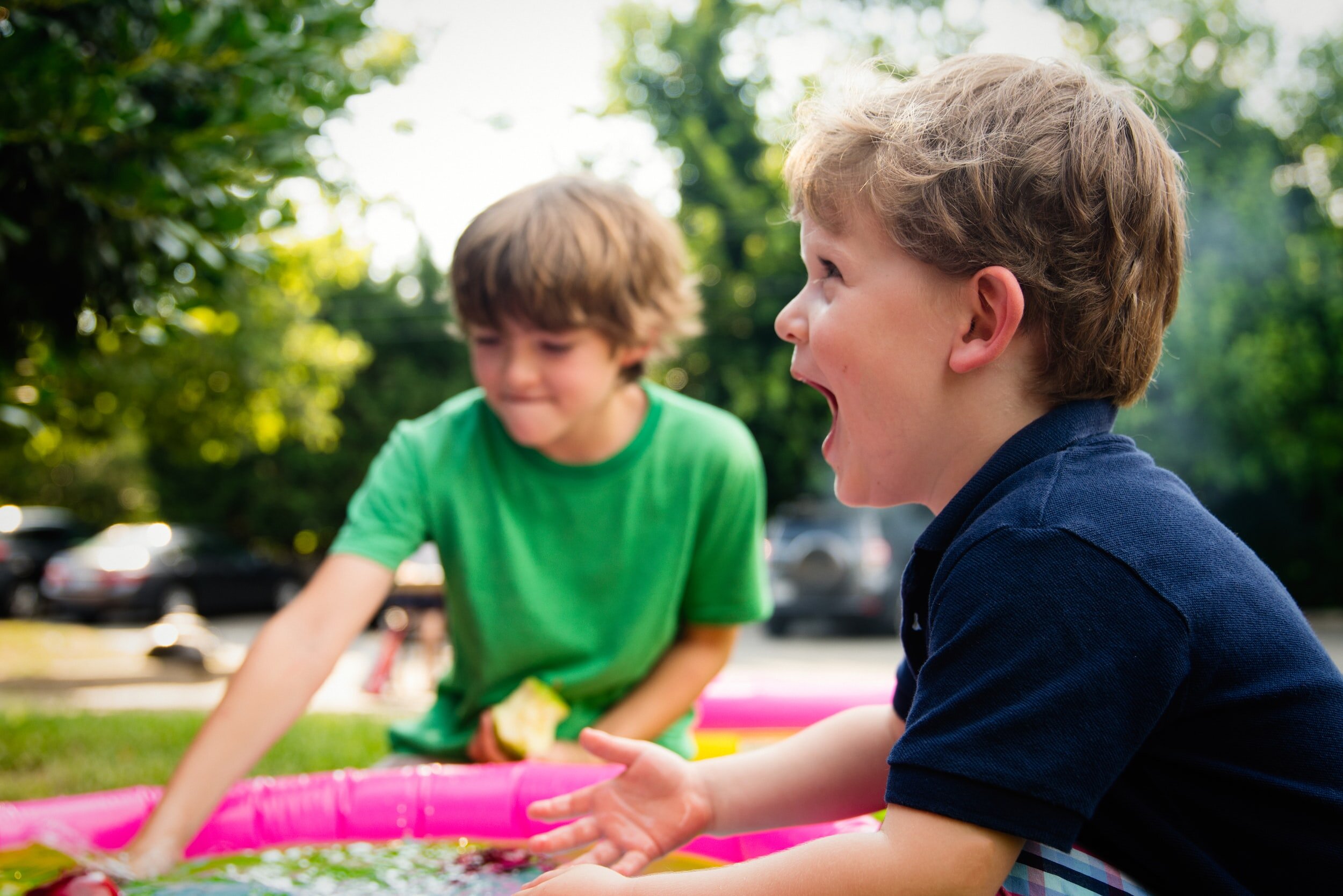Therapy or Play? Well, Therapeutic Play!
Let me introduce myself. My name is Play. Therapeutic Play. In all seriousness, if you’re a strategic speech therapist, you know how to disguise “work” as play, which is similar to being a spy, right? Let’s look at a scenario:
You and your child come into the Grow with Words clinic. Your therapist comes out to the lobby to greet you. Your child doesn’t know this, but that is the moment that our therapy session starts. Your therapist sits down next to your child and looks at what they’re playing with. “Oh, very cool toy, how does it work?” Your child uses their expressive language skills to explain what the toy does and perhaps uses their social pragmatic skills to ask the therapist if they want to play, too! “You know what? I have a toy in my room that is just like this! Let’s go check it out!
Your child and the therapist go back into the treatment room and check out the other toy. But wait! What’s that? A fun, silly 2-player game strategically sitting on the table in plain sight?? The child is drawn to it and likely asks if they can play. Next thing you know, your child is playing this game, having fun, and working on turn-taking, problem-solving, receptive and expressive language skills, requesting, sustained attention, asking questions, initiating conversation, and practicing socially appropriate behaviors that may lead to them making more friends when they return to school in the fall. And, the best thing is, they are doing all of this while thinking it was all led by their choices (which it was, but they are strategic therapist-created opportunities)!
I’ve said “strategically” or “strategic” 3 times now and that’s really the idea I want to convey in this post. At Grow with Words, our therapists are trained to be strategic in every interaction with the client so we can maximize our time at the clinic and generalize our skills outside the speech room.
Looking for some therapeutic play ideas that you can do with the items you most likely have at home? Here are 3 ideas to try:
Idea #1:
Escape the Mess
Items you’ll need: Cookie baking sheet, shaving cream, any sort of plastic toys.
Spray shaving cream on the cookie sheet and grab some mini dinos and have fun making the dinosaurs stomp through the wild, creamy jungle. You can mention how the cream feels, what the dinos might sound like, or how the dinosaurs might problem solve to escape the thick goo!
Idea #2:
Basket Ride
Items you’ll need: A laundry basket, a blanket.
Spread the blanket out and set the laundry basket on top. Allow your child to hop in and take them for a spin around the house! Your child can work on requesting, saying beginning sounds like “weee” if you go fast, and “uh-oh” if you stop. This is a wonderful way to connect with your child, too, because they will think you’re so great at facilitating the fun stuff!
Idea #3:
Abstract Squiggles
Items you’ll need: Paper, crayons/pencil/markers/chalk
This is perfect for inside on the table or outside on the sidewalk. Take turns drawing abstract squiggly lines, and have each other finish the picture and turn it into an animal, vehicle, person, etc. This works on their imagination and really the ideas are endless. Plus, once you as the parent get into the super silly imaginative mindset, it is so much easier to connect with your child!
Takeaways: In conclusion, at our clinic, our therapists are trained to be strategically fun which entices the child and helps them grow more confident in their skills, choices, and language!


